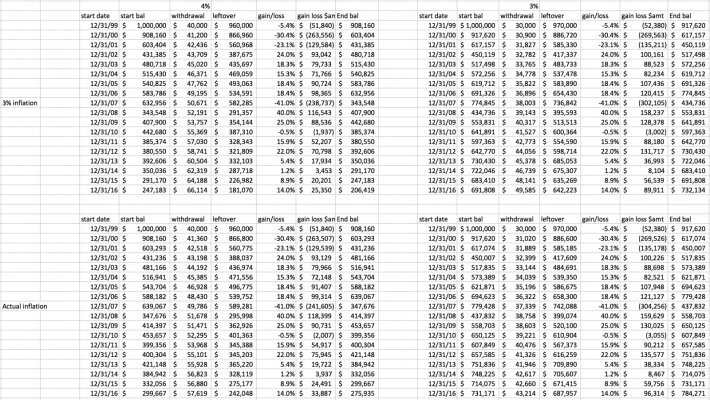I've done no such thing. My point was simply this: Firecalc prints out, as a one-number takeaway, the percentage success rate. People use this to infer what their probability of success will be. But the conditional probability of success (the statistic that is used when we know something about the current conditions) is different from what FC prints out, and my contention is that under current economic conditions, your conditional probability of success is probably less than what FC is showing as a success rate.
I use FireCalc and iORP, mainly. But, as I said, I don't think the percentage success rate is one that people should infer applies today.
And I never said FC is "Worthless", so I'll thank you not to misquote me. What I said was that the "absolute information" - a term someone else used, and which I think was meant to indicate that FC is only meant to predict past results, and should not be used to infer future performance - is worthless to me. Because I don't care whether someone who retired in 1917 was successful or not. I care about the PROBABILITY that MY retirement, which began in 2016, will be successful.
You guys seem so insistent on harping that "you're using it wrong!!!" that I think you're missing my point. So, I'm done here - this is getting too much like wrestling a pig, and the pigs are having more fun than I am.





